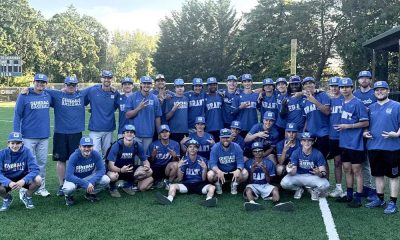Rick Pitino took St. John’s from being a team that was nowhere to be found in the NCAA Tournament conversation to a No. 2 seed in just two seasons.
How did Pitino get the Red Storm to rise to prominence so quickly? Living in the reality of NIL and the transfer portal, rather than fighting it.
“I felt the change was here and quitting, resigning, complaining is of no value,” Pitino said about NIL on Wednesday’s edition of “The Herd.” “You have to win the day. You have to get the job done, and I just felt that ‘Okay, we’re going to use it to the best of our abilities at St. John’s.’
“So, we’re an urban school; we’re a computer school; we play in Madison Square Garden as our home court: How can we maximize our potential by embracing the NIL and the transfer portal? We went away from high school basketball players, although we have taken one or two to develop, but by and large we’ve gone after older players.”
Pitino also expressed that parents have never been more involved in the recruiting process than now.
On the basketball front, Pitino explained what his practices look like.
“We have player development sessions every morning, Monday through Friday, where we go three-to-four different sessions with four players, and we try to take players like a Donovan Mitchell, a Terry Rozier who maybe’s not ranked top-20 or 25 in high school, and they’ve got a little bit of a weakness. Donovan Mitchell had a weakness with the arc on his jump shot. Everybody’s got a weakness coming out that’s not top 10, so we try to take those player development sessions and make the players better,” Pitino said.
“Our practices, yes, are very difficult, but I will say this: They’re not long. We don’t go more than two hours, but we go hard for two hours. We’re up and down for two hours. If I make a comment or a correction, it’s going to be within 12 seconds, and then we’re moving on because conditioning is a gigantic part of our style of play.”
After going 20-13 in the 2023-24 season, Pitino and the Red Storm put together a 31-5 campaign highlighted by winning the Big East regular-season title with an 18-2 conference record, winning the Big East Tournament and claiming a No. 2 seed in the NCAA Tournament. While St. John’s was upset in the second round by No. 10 seed Arkansas, the 2024-25 season marked the first time in six years that the program had made the NCAA Tournament and the first time in 10 years that it had done so without having to play in the First Four round.
On the personal front, Pitino won the 2024-25 Naismith, AP and Big East Coach of the Year awards. St. John’s is Pitino’s sixth full-time men’s college basketball head-coaching gig, with the Hall of Famer previously coaching three seasons at Iona before leaving for Queens in March 2023.
St. John’s had a gargantuan transfer portal class this offseason, reeling in former five-star recruits and now sophomores Ian Jackson (previously of North Carolina) and Joson Sanon (previously of Arizona State), former Providence forward Bryce Hopkins, former Cincinnati forward Dillon Mitchell and former Stanford wing Oziyah Sellers, among others. 247Sports ranks St. John’s transfer class as the best in men’s college basketball.
While the Red Storm have minimal returning players, they have big man and 2024-25 All-Big East honoree Zuby Ejiofor back for his senior season. Next season, St. John’s will square off against SEC powerhouses Alabama and Kentucky, among other notable out-of-conference matchups.
Rick Pitino on the 2025 NBA Draft, Caitlin Clark’s Impact, Cooper Flagg
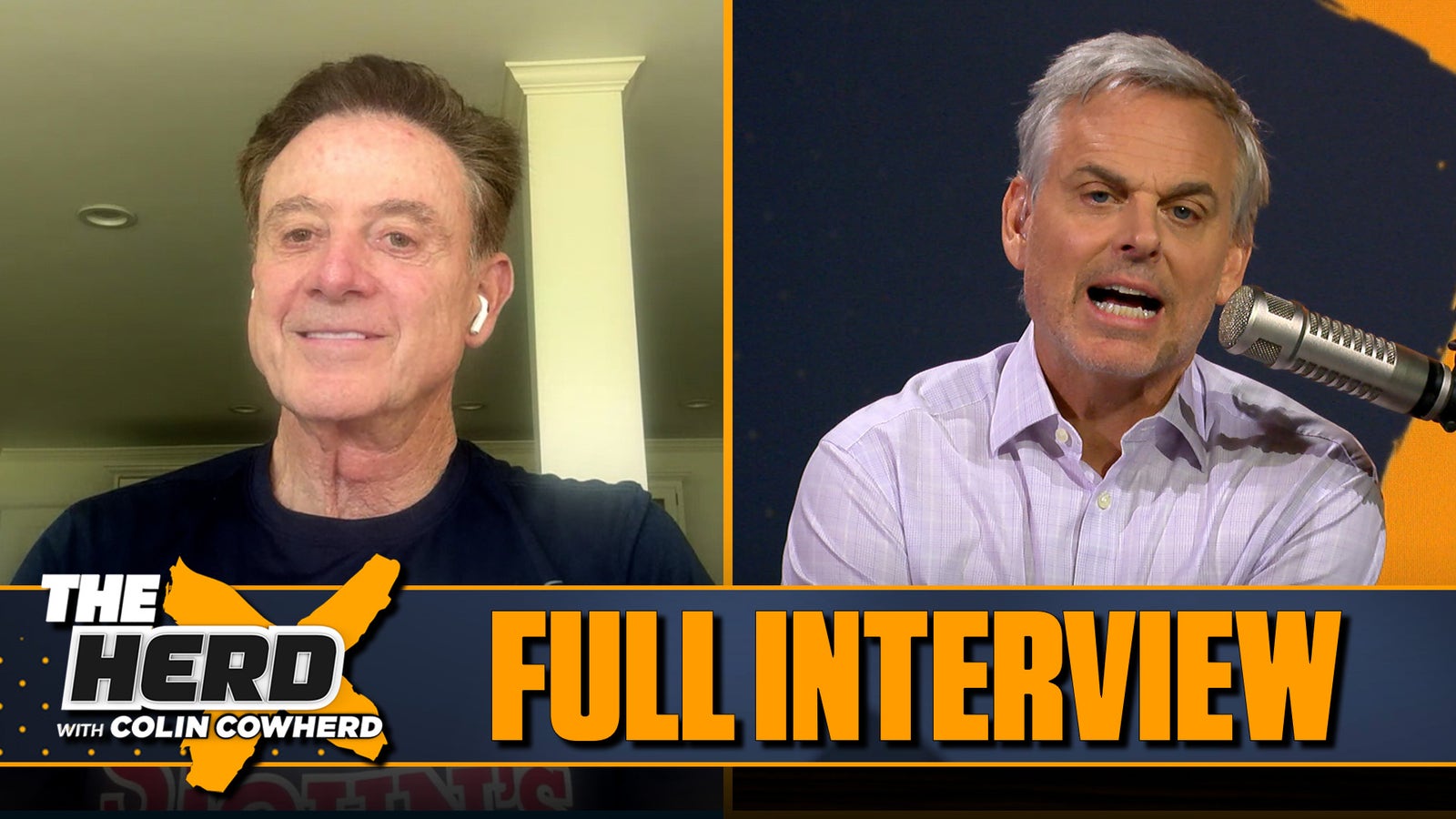
Want great stories delivered right to your inbox? Create or log in to your FOX Sports account, and follow leagues, teams and players to receive a personalized newsletter daily!
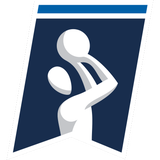
Get more from College Basketball Follow your favorites to get information about games, news and more





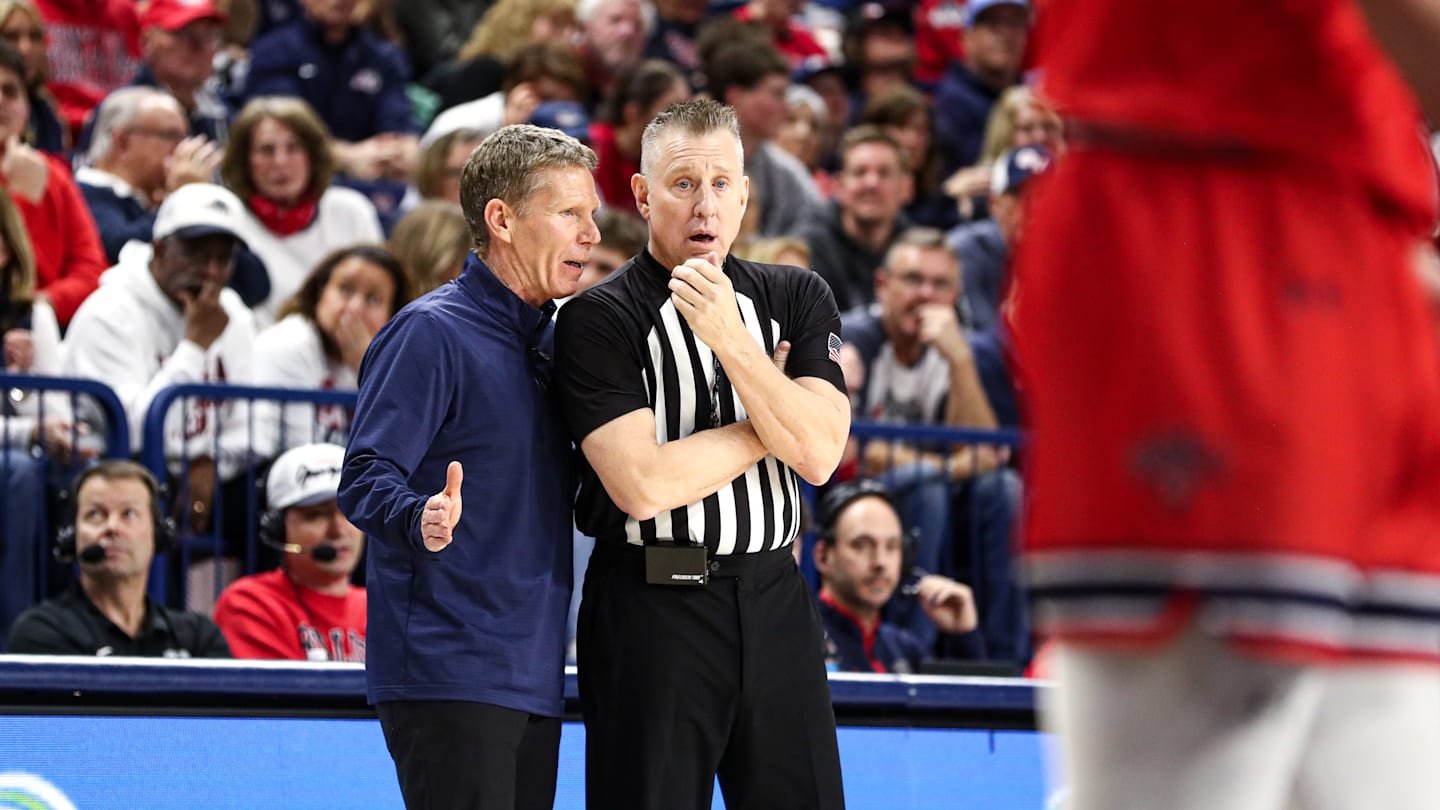
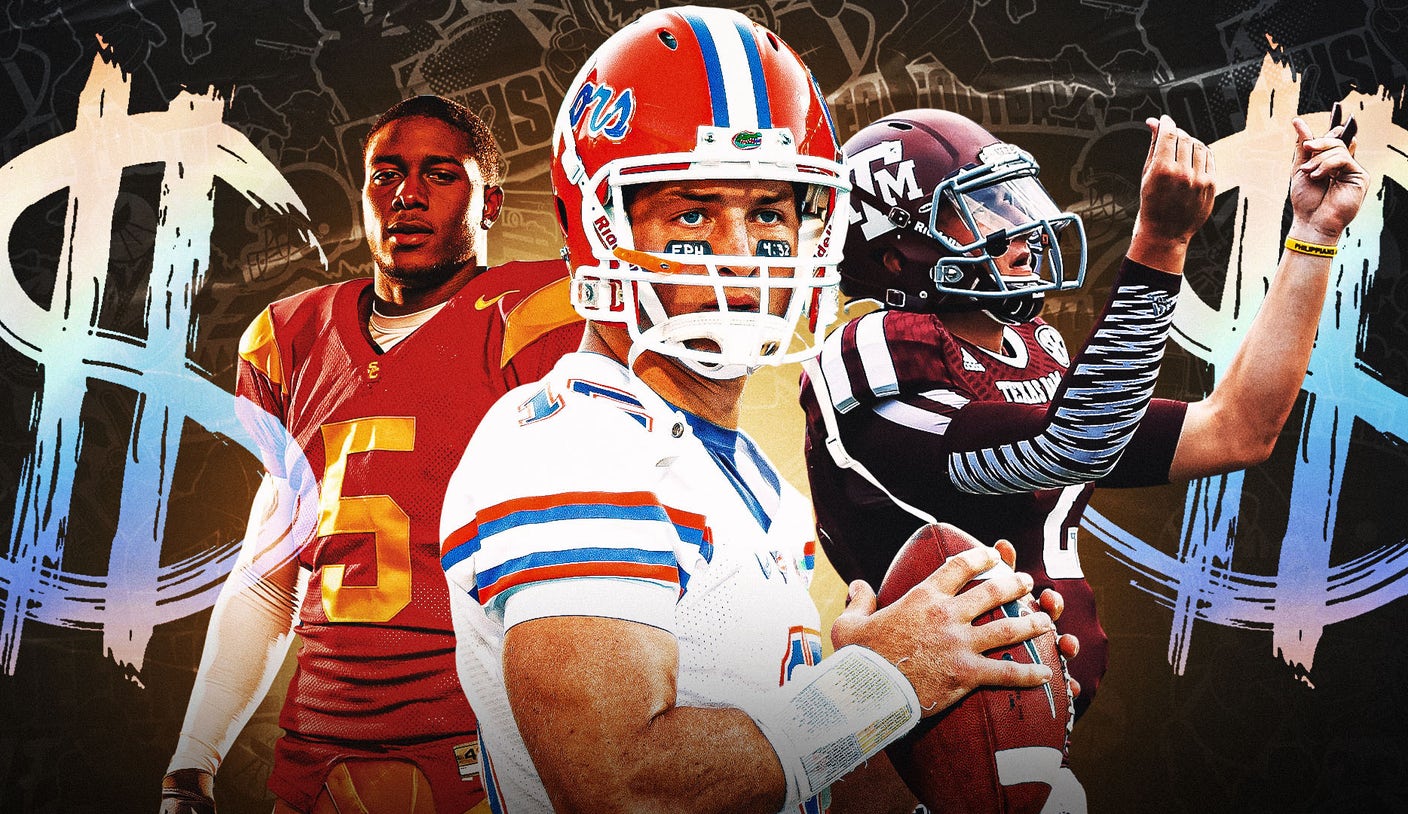
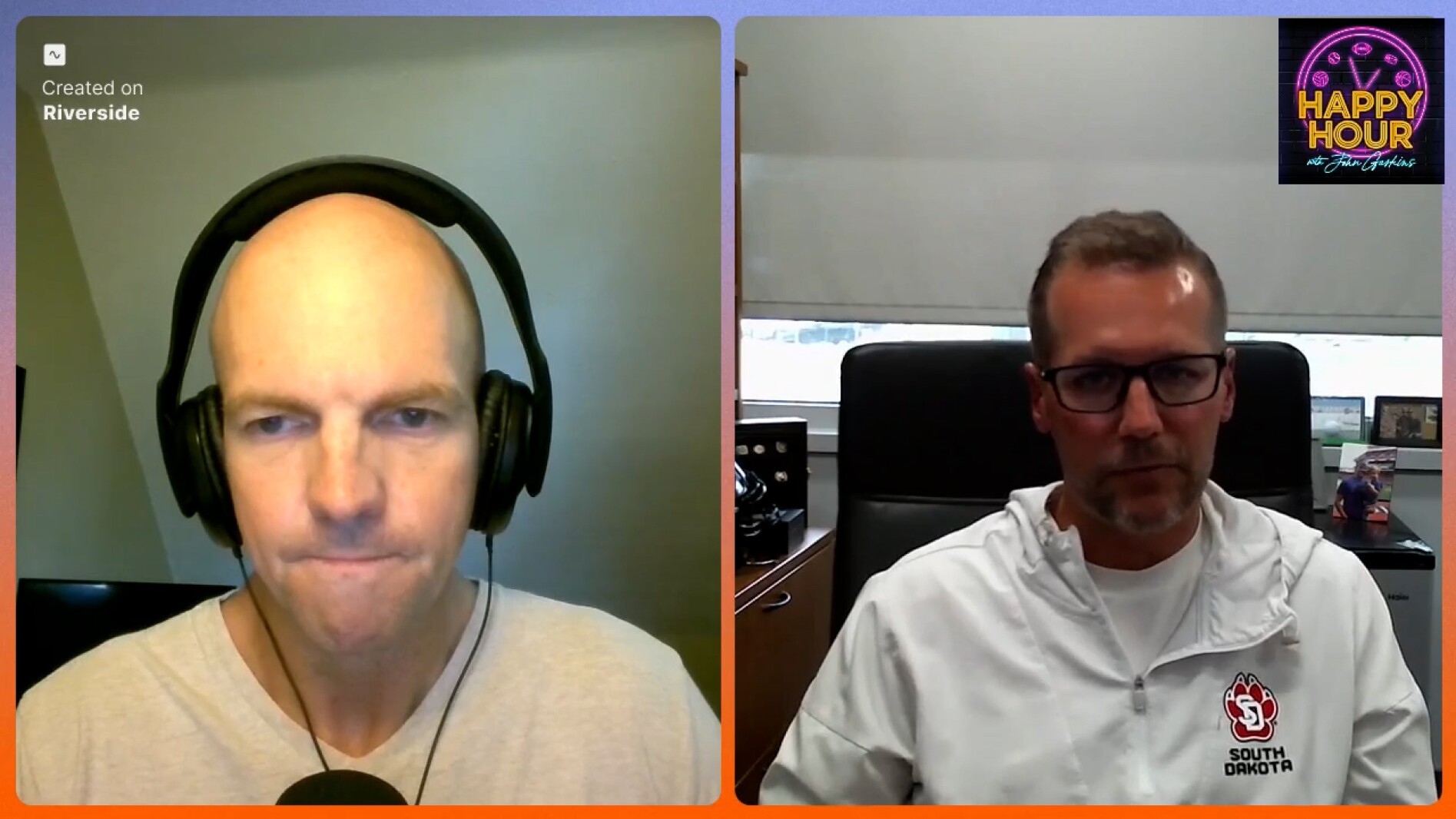













 Year 23 decision looming
Year 23 decision looming  | First Take
| First Take



































